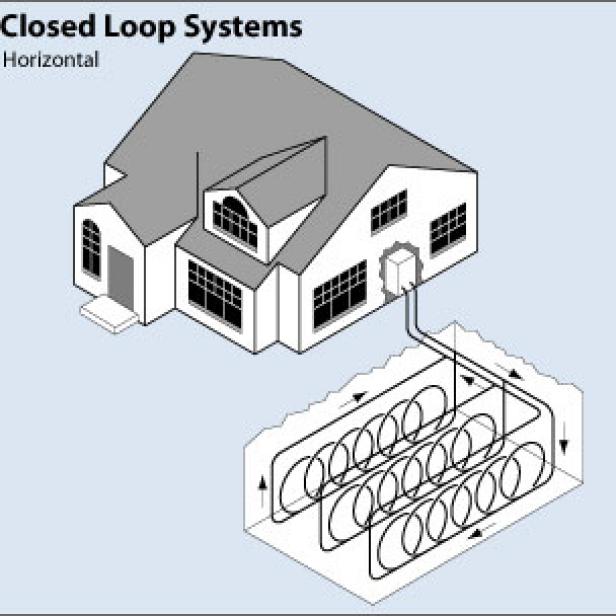Cooling

Cooling is achieved via the electric air-conditioner (or cooling cycle of the heat pump). Refrigerant gas (more commonly known by the trade name, Freon) is compressed by a compressor into a high pressure gas. The compressor pumps the high pressure gas through a radiator-like condenser coil of copper (or sometimes aluminum) tubing and aluminum fins where a large fan transfers heat to the outdoors. This is all accomplished in the outdoor component of your air-conditioning equipment. Next, the cooled, compressed, refrigerant liquid is pumped into the house via the copper tubing, arriving at the also radiator-like evaporator coil. There, under less pressure, it vaporizes from a liquid to a gas once again. A natural property of this change from liquid to gas is that the refrigerant absorbs heat rapidly from the air being blown through the evaporator by the blower. The cooled air is circulated through the home via the ducts. The refrigerant gas then heads back outside to the compressor, where the cycle starts over again.
Part of our discomfort in the summer comes from high humidity in the air which makes us feel sticky or clammy. So, at the same time the air in your home is being cooled by your air-conditioner, it’s also being dried. The blower draws warm, humid air from the home through return ducts and across the evaporator. Humidity from the warm, moist air condenses on the cool evaporator coil as liquid water, dripping into a drain pan below. The air leaving the evaporator is then not only cooler, but drier. That’s why we call it “air-conditioning” and not just “air-cooling.”
No comments:
Post a Comment